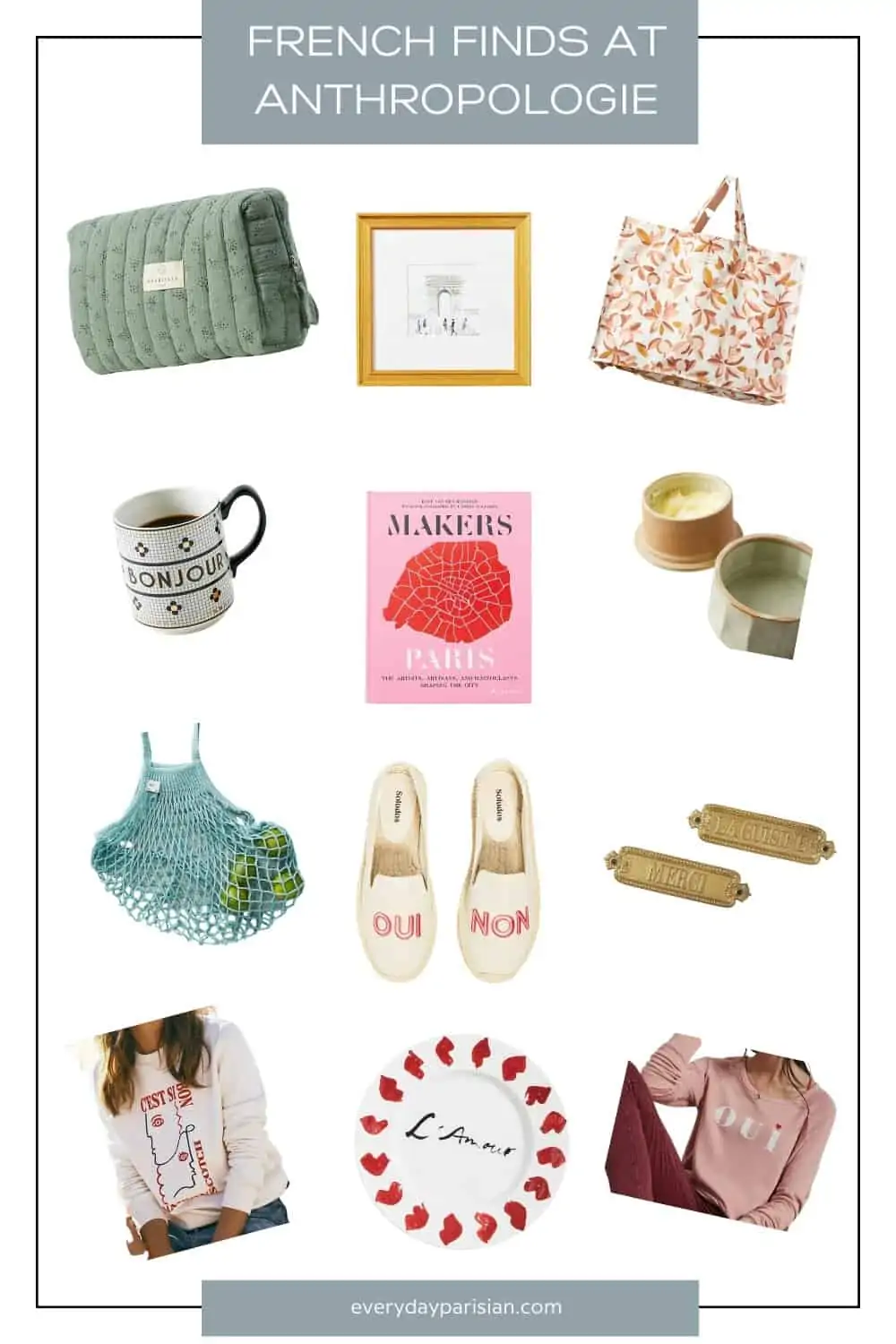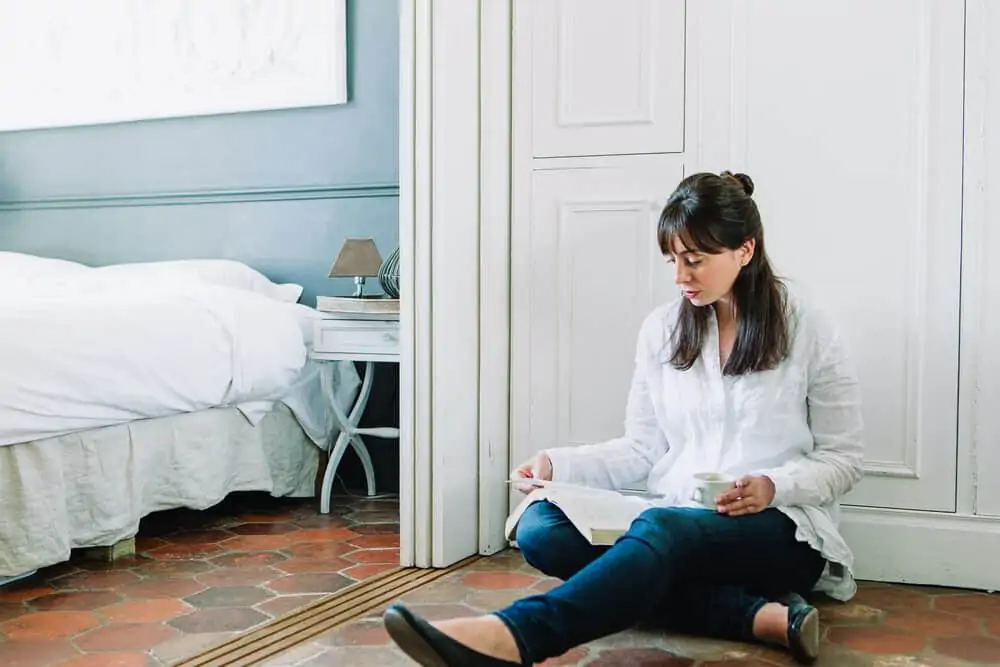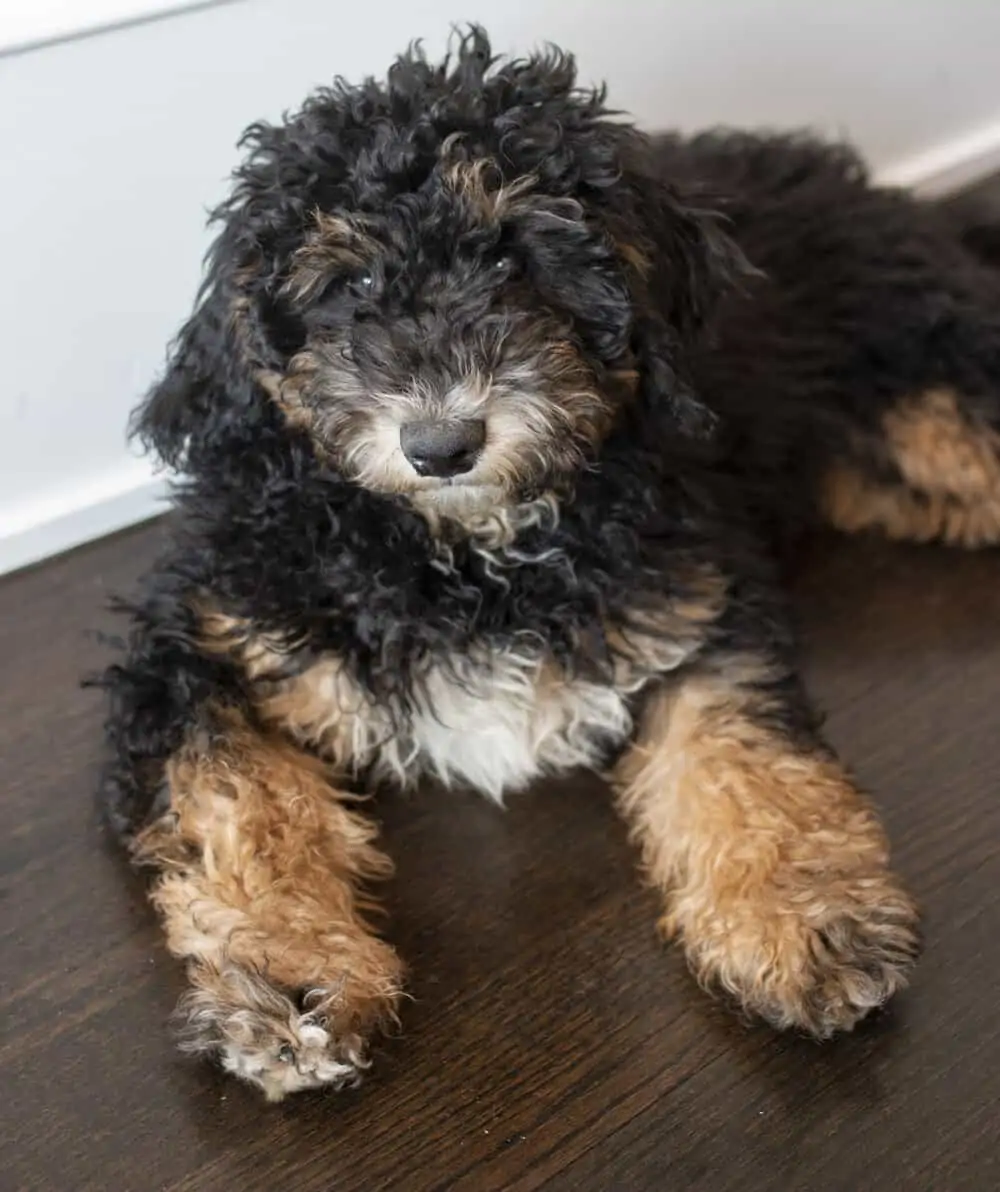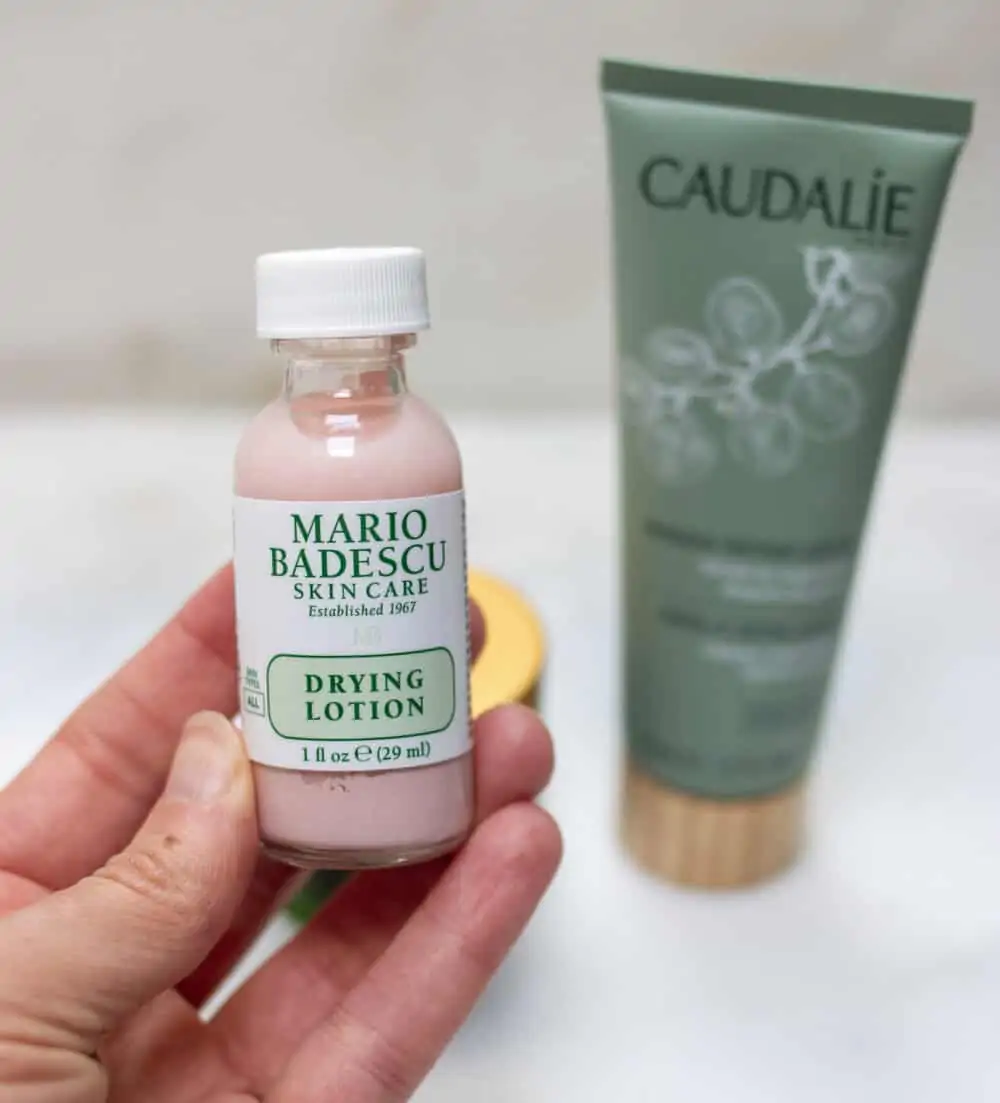Boulangerie Etiquette for Paris

By Jenny Hughes
Boulangerie Etiquette for Paris
Bakery goods — they’re practically the mascot of France. Dip a baguette in your steaming café au lait for breakfast and top it with cheese at dinner. Wait in line for a croissant or have it delivered to your table with a glass of orange juice and a mini jar of jam. Nibble on technicolor macarons or pass around a box at a soirée. At the center of it all is the boulangerie in Paris.
The English translation of “boulangerie” is “bakery,” but you can buy more than just bread; there are also viennoiseries and often pastries. Sometimes, a store with bread and pastries is called a “boulangerie-pâtisserie,” but mostly it’s called a boulangerie. To navigate the French bakery easily and blend in with the locals while you’re in line to get your goodies, remember this essential boulangerie etiquette.
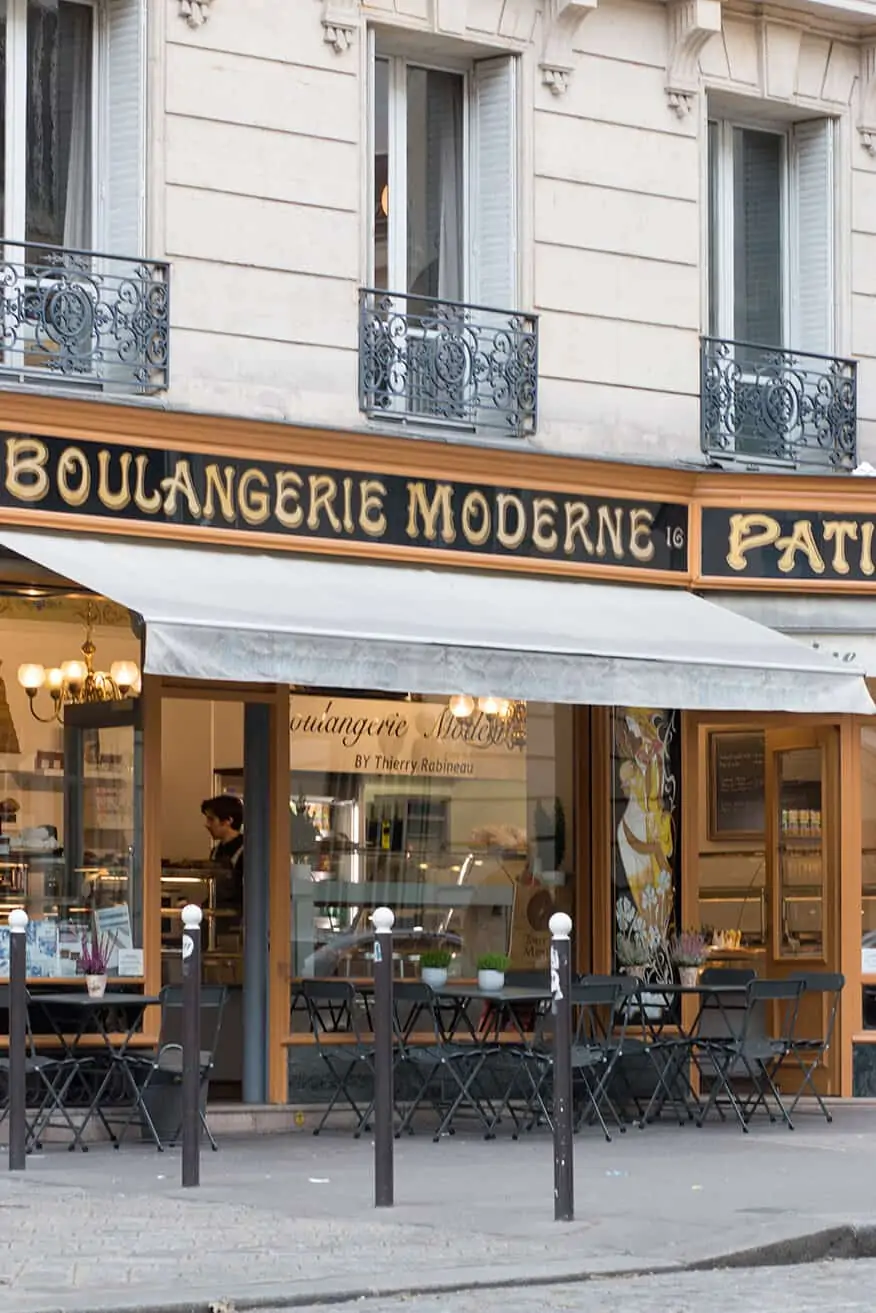
Plan your visit to a Boulangerie in Paris
Regular boulangerie hours are approximately 7:30 a.m. to 7:30 p.m. A visit will go smoothest in the morning (around 7 or 8 a.m.) when the French haven’t begun shopping yet. The busiest time to go is around 9 a.m. to noon. Boulangeries tend to be quiet in the early afternoon, then become busy again mid-afternoon when school lets out. You’re most likely to get fresh croissants and warm baguettes first thing in the morning, then again in mid-afternoon (the hour for “goûter,” or snacking). Don’t make the mistake of assuming you can go to a boulangerie on a Monday. Many are closed that day. Check the hours of operation online before you go to ensure your boulangerie is open.

Prepare yourself
This isn’t a coffee-and-croissant run to Starbucks, you can’t roll out of bed and head to the boulangerie in pajamas with your hair in knots. Sweatpants, leggings, flip-flops, and other super-casual clothes are just not worn in public in France. There’s no need to break out a three-piece suit or put on a full face of makeup, but you should dress in a presentable way as you care about your appearance when going out to a Paris boulangerie.
The boulangerie won’t necessarily provide a logo-stamped paper bag with handles to carry purchase(s) in, so take your own reusable bag or tote. A baguette comes in a slim paper bag; bread and bakery treats come in square paper bags — the same kind that’s at the self-serve cabinet of a grocery store’s bakery department — with the top rolled over so your food doesn’t slip out, and pastries come in a cardboard box. I don’t recommend putting bags containing baked goods in your purse, because oil (butter, really) tends to seep through the paper and will make the contents of your purse greasy.
Make sure to bring small bills and coins. France has transitioned to tap to pay and cashless transactions. You can use your credit card or Apple wallet.
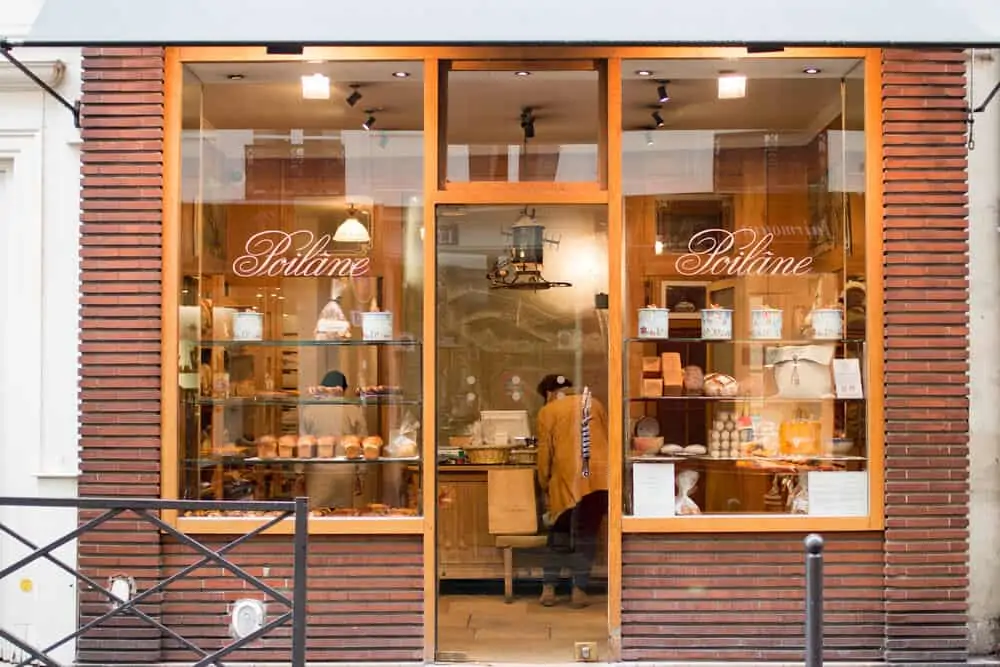
Arriving
If there’s no line, you can enter the boulangerie. If there’s a line, get in it — no use whining about it! Notice if the door is or isn’t propped open to accommodate a line that snakes outside, and follow suit when you reach the doorway.
The exchange of greetings
This is the most important Paris boulangerie etiquette to remember: you must exchange greetings with an employee. An employee will say, “Bonjour/bonsoir madame/monsieur/mademoiselle.” Greet them back the same way (“madame” is preferable to “mademoiselle” — some French women see it as condescending). This exchange is essential to French culture, especially in the service sector. It’s like saying, “Hi, I’m going to treat you as an equal, not a person whose duty it is to serve me.”
The greeting exchange could happen when you walk through the door in a small or empty bakery. If there’s a line, the greeting exchange will occur when you reach the display case. Either way, it’s your job to be friendly and respond.
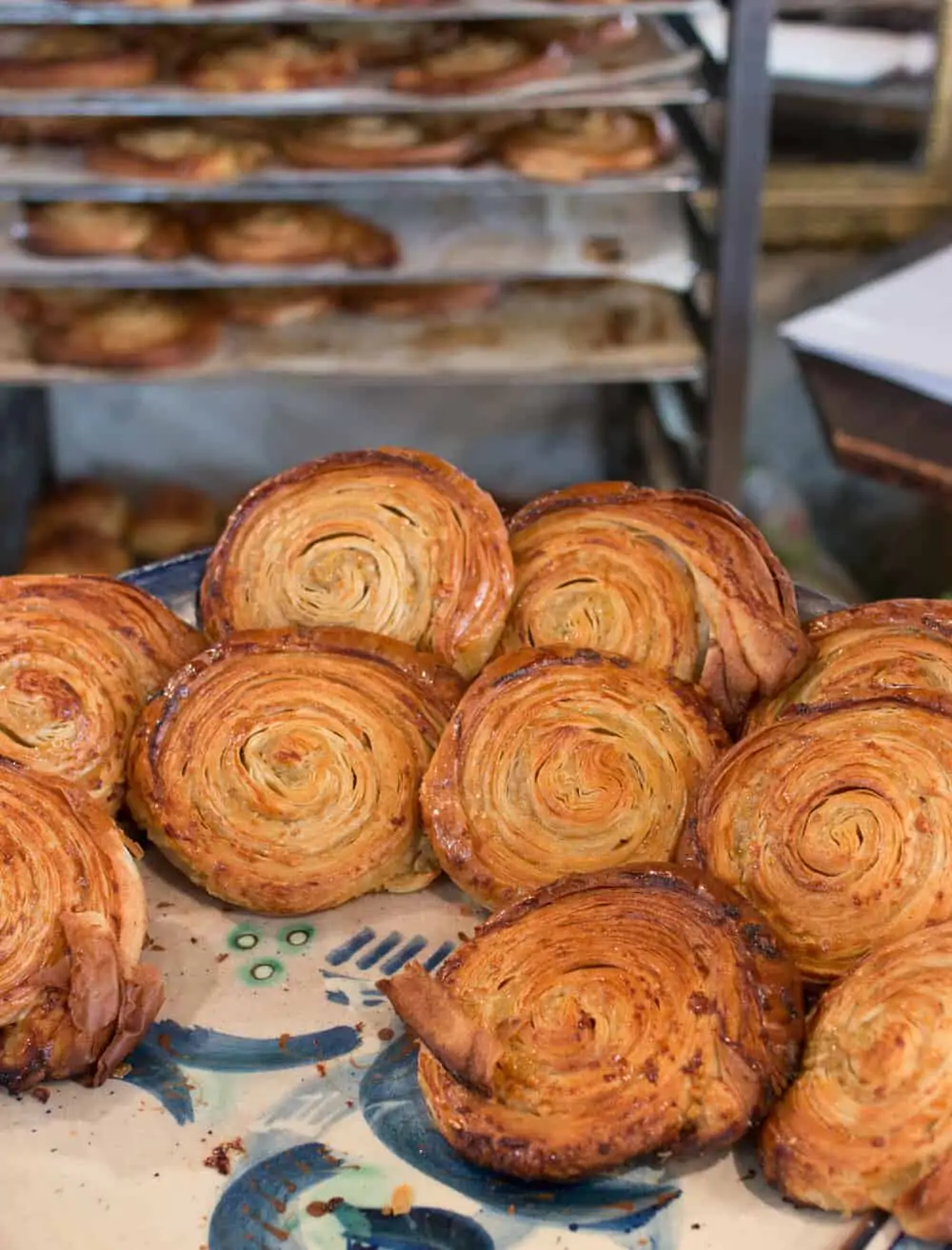

Deciding what you want
Though you may be greeted immediately in a mostly empty bakery, you don’t have to order immediately in a Paris boulangerie. To indicate that you’re not ready to order yet, stand back from the counter, and if an employee does askyou what you’d like — “Qu’est-ce que vous voulez?” (what would you like) or “Vous avez choisi?” (have you decided) — you can respond,“Non, je n’ai pas encore choisi” (no, I haven’t decided yet).Once you know what you want, step up to the counter and try to make eye contact with an employee.
If you have to wait in line, utilize the time to decide what you want so you’re prepared when you’re greeted by an employee who’s ready to take your order. Taking several minutes at the counter deciding what to order would only hold up the line. Peer through the window or around people to see the display cases or menu, and watch for what people leaving the boulangerie bought. If you see people coming out with the same item, it’s probably especially tasty.
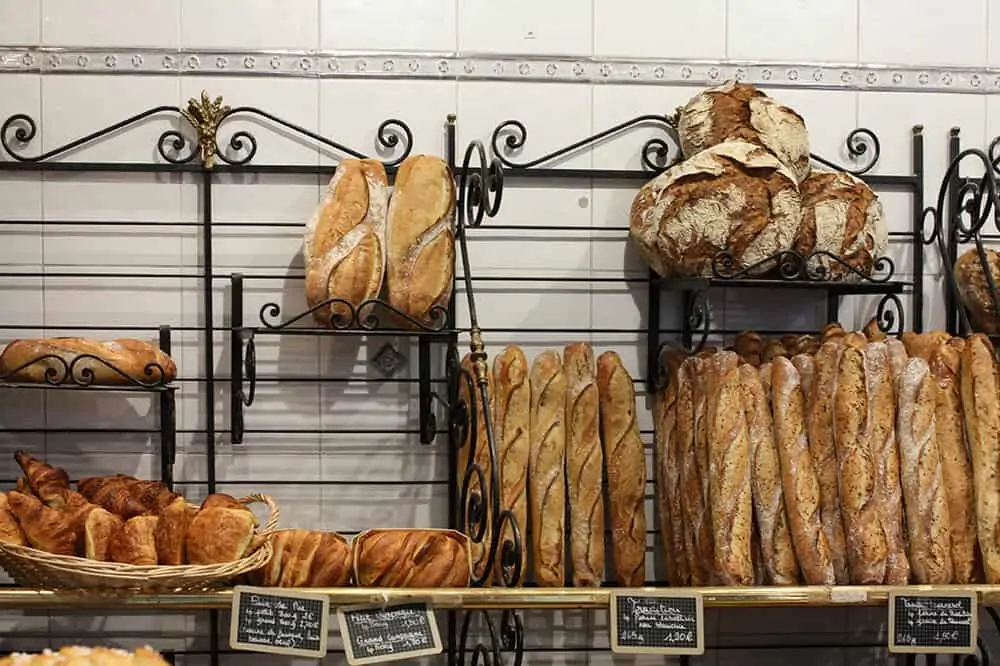
Ordering at a Boulangerie
The ideal (and most French) way to order in a boulangerie is to do it quickly and immediately after the exchange of greetings. “Bonjour madame.” “Bonjour monsieur. Un croissant, s’il vous plaît,” and that would be a perfectly fine exchange! The employee won’t ask what you’d like to order or if you’ve decided, or how your day has been — you just exchange greetings and give your order.
Once you’ve exchanged greetings, the simplest way to order is to just say what you want: “____, s’il vous plaît” ( ____, please). Alternatively, say, “Je prends ____, s’il vous plaît” (I’ll have ____, please). “Je vais prendre ____, s’il vous plaît,” is also fine to use and in the context of ordering food or drink means the same thing.
The only time that the ordering process won’t be that slick and simple is if you took your time standing back from the counter to decide what you want. When you do step up to the counter to order, the employee that greeted you earlier will say something like, “Qu’est-ce vous avez choisi?” (what have you decided on) or “Qu’est-ce qui vous ferait plaisir?”(what would you enjoy). If you step up to the counter and a differentemployee from the one who greet you or you spoke to before comes to take your order, you’ll probably exchange greetings again before ordering.
Paying at a Boulangerie
The person behind the counter who put your order together will ring you up at the register or pass your order off to the person manning the register. At the register, you’ll be asked if you want anything else: “Et avec ça?” (and with that). Go ahead and order if you want something else, or respond, “C’est tout!” (that’s all) if you’re all set. It’s best to pay with small bills and coins, exact change if possible. There will be a shallow dish on the counter where you’ll put your cash and coins. To pay with card, tell them you want to pay with a card (“par carte, s’il vous plaît“) and slide it into the machine. You’ll be prompted for “votre code” (your pin) or for “une petite signature” (a signature) on a receipt.
Leaving a Boulangerie in Paris
Once you pay, you’ll be handed your purchase and your receipt and told, “Merci, au revoir madame/monsieur/mademoiselle,” to which you should reply, “Merci, au revoir madame/monsieur.” Take your purchases and go enjoy them — finally!

Jenny Hughes
Jenny Hughes is an American with a passion for traveling, crafting, and plants. Though she initially took French in middle school because Spanish was out of the question (she can’t roll her R’s), she quickly fell in love with the language and culture, rough edges and all. In her 9-to-5, she has worked as an editor and digital marketing manager, mostly recently at the website Frenchly. Though her heart is in the Midwest, Jenny currently resides in Connecticut (the fifth state she has lived in) with her boyfriend and way too many plants. Check out her professional website or follow her on Instagram.
